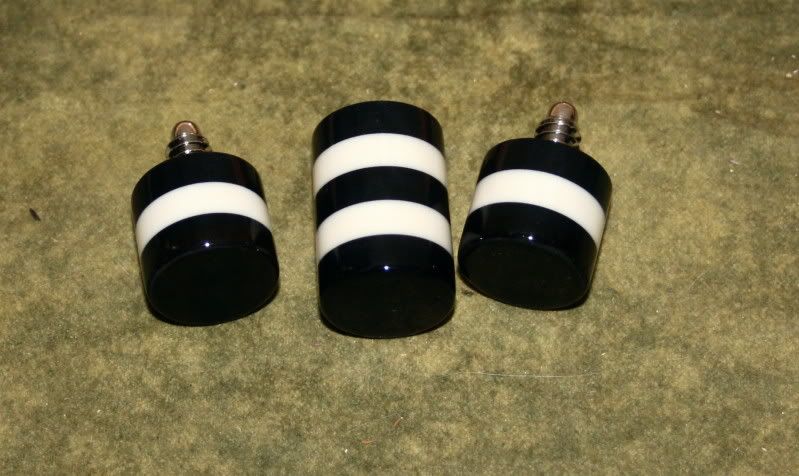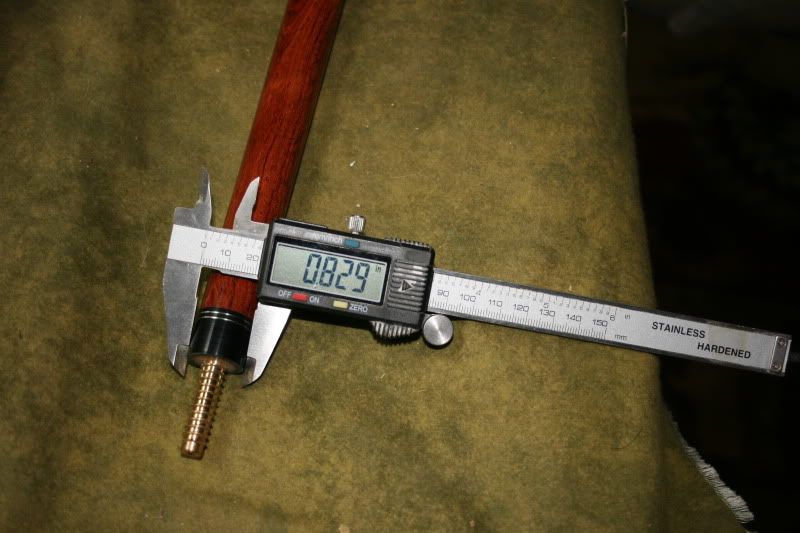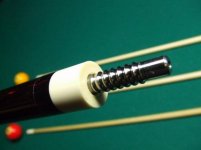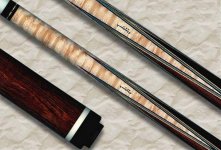Hi Here are a couple sets , just built for speculation .
1st set Wild Coco and Imitation Ivory , with some Special engraving . 3/8 x 10 and a .030 silver ring . $80. shipped .

Second set a mixture of Black linen and Imitation Ivory . 5/16 x 14 piloted . $60.00 shipped .

How to Measure you joint Diametor .

1st set Wild Coco and Imitation Ivory , with some Special engraving . 3/8 x 10 and a .030 silver ring . $80. shipped .

Second set a mixture of Black linen and Imitation Ivory . 5/16 x 14 piloted . $60.00 shipped .

How to Measure you joint Diametor .

Last edited:

